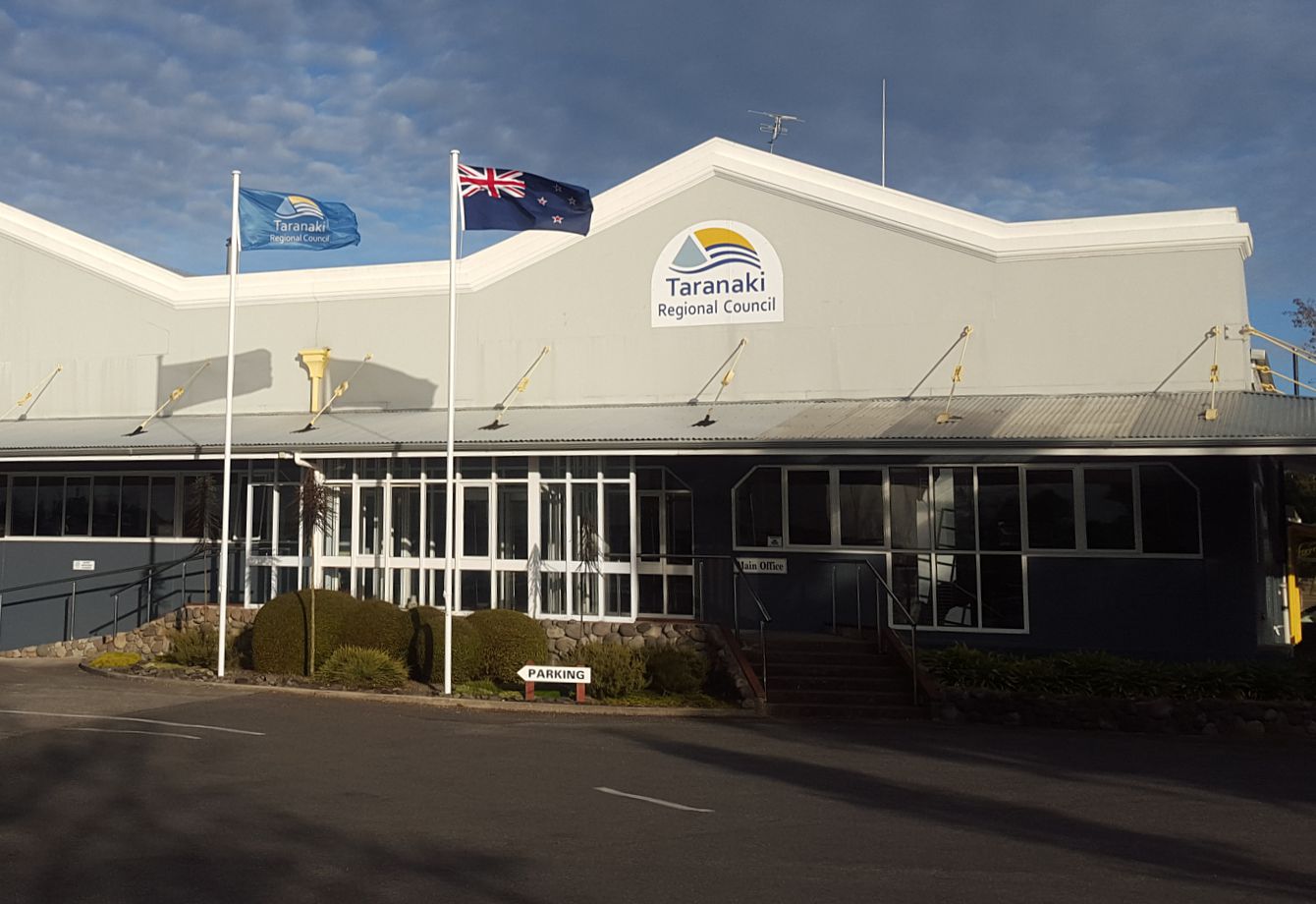Taranaki Regional Council is proposing to remain at 11 elected members, comprising 10 general constituency councillors and one Māori constituency councillor.

At today’s Council meeting, the representation review for the 2022 local authority elections formally commenced. The review was required following the Council’s decision in April to establish a Māori constituency.
A representation review, last done in 2018, looks at the total number of elected members on the Council and the names, number and boundaries of constituencies. Key considerations include the ratio of population to members and ensuring communities of interest are fairly represented.
After considering a wide range of options the Council agreed the current 11 members provided logical, consistent representation. It also wanted to keep the general constituency boundaries aligned, as far as possible, with district council boundaries.
Under its proposal there will be one elected member from a region-wide Māori constituency, which will be called the Taranaki Māori constituency. The 10 remaining members will come from the existing New Plymouth general constituency (five), North Taranaki general constituency (two), Stratford general constituency (one) and South Taranaki general constituency (two).
This will see the South Taranaki constituency go from three to two members, which is in line with Local Government Commission guidelines around the ratios of population to members.
Stratford remains just outside the ratio guidelines however the Council agreed it was a distinct community of interest and required a representative. This means the Local Government Commission will need to approve the final proposal, as it has done in the past.
Council chairman David MacLeod says the public will shortly be invited to provide feedback on the matters covered by the representation review, namely the number of councillors and the names, number and boundaries of constituencies.
“After careful consideration we believe this proposal is the best and fairest way of providing representation for all parts of the region. But what do you think?
“We strongly encourage anyone with a view on any aspect of the arrangements to have their say.”
A public notice will be published on 9 July, setting out details of the proposal and how to make a submission. That information will also be available at www.trc.govt.nz.
Submissions will close on 13 August, with an opportunity for submitters to then be heard in person.
The Council will consider submissions at its ordinary meeting on 21 September before publishing its final proposal on 24 September.